No products in the basket.
Mattresses
Mattress Buying Guide 2024: Everything You Need to Know
Choosing the right mattress is crucial for a good night’s sleep and overall well-being. With the plethora of options available in the market, it’s essential to understand the key factors that influence your decision. Mattress buying guide 2024 aims to provide a comprehensive overview of everything you need to know when buying a mattress.
Table of contents
Understanding the Importance of a Good Mattress
Your mattress plays a significant role in your sleep quality and physical health. A supportive and comfortable mattress can alleviate back pain, improve posture, and contribute to better sleep hygiene.
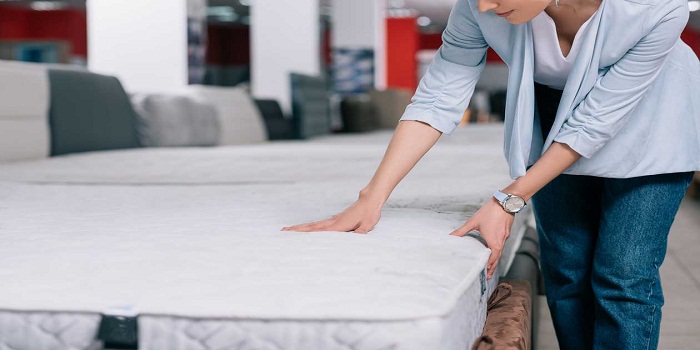
Types of Mattresses
When shopping for a mattress, you’ll encounter various types:
Innerspring Mattresses
These mattresses use a network of metal springs for support, often combined with layers of foam or fiber for comfort.
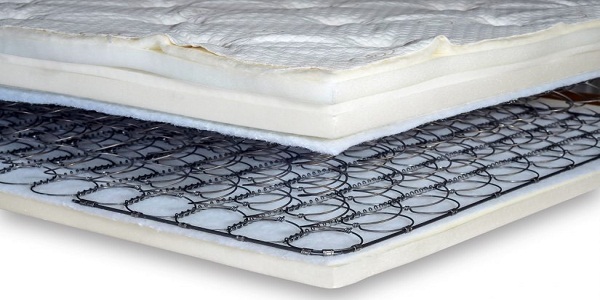
Memory Foam Mattresses
Memory foam mattresses mold to your body’s shape, providing personalized support and pressure relief.

Latex Mattresses
Latex mattresses are known for their durability, breathability, and natural materials, making them a popular choice for eco-conscious consumers.
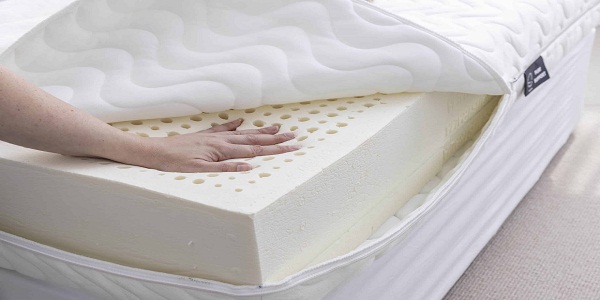
Hybrid Mattresses
Hybrid mattresses combine elements of innerspring, memory foam, and latex for a balanced feel that suits a wide range of sleepers.
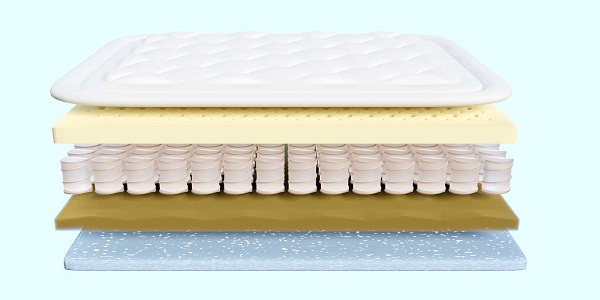
Factors to Consider Before Buying a Mattress
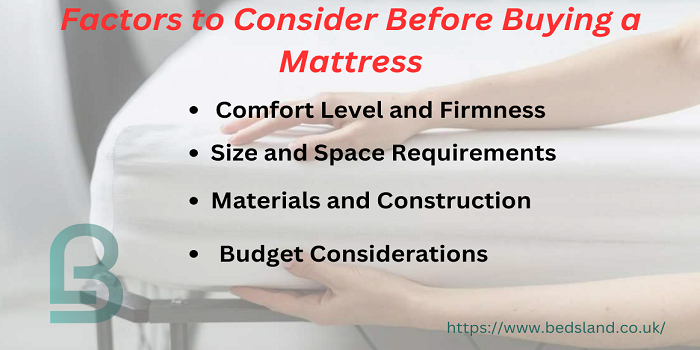
- Comfort Level and Firmness
Consider your preferred sleeping position (side, back, stomach) and personal preferences for firmness (soft, medium, firm).
- Size and Space Requirements
Choose a mattress size that fits your bedroom and accommodates your sleeping needs, whether you sleep alone or with a partner.
- Materials and Construction
Evaluate the quality of materials used in the mattress, including the type of foam or coils, and assess how they contribute to comfort and durability.
- Budget Considerations
Set a realistic budget based on your priorities and research mattresses that offer the best value within your price range.
Mattress Shopping Tips
When buying your first mattress you must conduct market research. Below are some points to consider in case you lack the knowledge
| Aspect | Explanation |
| Research and Comparison | Conducting thorough research before purchasing a mattress is crucial. Read reviews from reliable sources to understand user experiences and feedback. Compare features such as mattress type, firmness levels, materials used, and special technologies like cooling or pressure relief. |
| Testing Mattresses In-Store | Spending sufficient time testing mattresses in-store is essential to ensure you choose the right one for your needs. Lie down on each mattress for at least 15 minutes, mimicking your usual sleeping positions. This duration allows you to assess how the mattress supports your body and provides comfort throughout the night. |
| Checking Return Policies | Understanding the retailer’s return policy is crucial in case you’re not satisfied with your purchase. Carefully review the terms and conditions regarding returns, exchanges, and refunds. Some retailers may charge restocking fees or have specific conditions for returning mattresses, so it’s important to be aware of these details. |
| Checking Warranties | Reviewing the warranty coverage offered by the retailer provides peace of mind regarding product quality and durability. Look for warranties that cover manufacturing defects, structural issues, and abnormal wear and tear. Understand the duration of the warranty and any conditions that may void it, such as improper use or maintenance. |
| Trial Periods | Taking advantage of trial periods offered by some retailers allows you to test the mattress in your own home environment. Use this time to sleep on the mattress for an extended period, typically ranging from a few weeks to several months. |
| Considering Additional Services | In addition to the mattress itself, consider the additional services offered by the retailer. This may include delivery options, such as white-glove delivery with setup and old mattress removal. |
Maintenance and Care for Your Mattress
Maintaining and caring for your mattress is essential for ensuring its longevity and your comfort. Here are some additional details on the key practices mentioned:

- Regular Cleaning and Rotation: Follow the manufacturer’s guidelines for cleaning your mattress. This usually involves vacuuming the mattress surface to remove dust, dirt, and debris. For stains, use a mild detergent solution and gently blot the affected area, avoiding excessive moisture.
- Using Mattress Protectors: Investing in a high-quality mattress protector offers several benefits. These protectors act as a barrier against spills, stains, dust mites, and allergens, keeping your mattress clean and hygienic. They are typically waterproof or water-resistant, safeguarding your mattress from accidental spills or leaks.
- Checking for Wear and Tear: Regularly inspect your mattress for signs of wear and tear, such as sagging, lumps, or worn-out areas. Addressing these issues promptly can help extend the lifespan of your mattress and ensure continued comfort and support.
- Proper Bedding and Usage: Use suitable bedding, including fitted sheets that fit your mattress size properly. Avoid sitting or standing on the edges of the mattress, as this can cause premature wear and affect its structural integrity.
- Environment and Temperature: Maintain a conducive environment for your mattress. Keep the room well-ventilated to prevent moisture buildup, which can lead to mold or mildew growth. Avoid exposing your mattress to direct sunlight for extended periods, as UV rays can deteriorate materials over time.
Addressing Common Issues like Sagging
If your mattress starts to sag or develop indentations, it’s best to reach out to the manufacturer or retailer for warranty support or repair options. They can guide you on how to address the issue effectively, ensuring your mattress remains comfortable and supportive for a good night’s sleep.
Conclusion
Choosing the right mattress involves considering your unique sleep needs, preferences, and budget. By understanding the mattress buying guide 2024 which provides information about different types of mattresses, key factors to consider, and practical shopping tips, you can make an informed decision that promotes better sleep and overall well-being.
Read More Mattress Buying Guide 2024: Everything You Need to Know
FAQ’s
How often should I replace my mattress?
It’s generally recommended to replace your mattress every 7-10 years, depending on the type and quality of the mattress, as well as your sleep habits and changes in comfort or support over time.
What is the difference between a firm and a plush mattress?
A firm mattress provides more support and less sinkage, ideal for those who prefer sleeping on their back or stomach. A plush mattress offers a softer feel with more cushioning, suitable for side sleepers.
Do mattress warranties cover normal wear and tear?
Most mattress warranties cover manufacturing defects and structural issues, but they may not cover normal wear and tear like gradual softening or minor indentations.
Can I use a mattress topper to adjust the firmness of my mattress?
Yes, a mattress topper can be used to adjust the firmness or add extra cushioning to your mattress. Choose a topper with the desired firmness level or material (e.g., memory foam, latex) to enhance your comfort and support.

